The future of pacemakers? Tiny, talkative, wire-free
22 July 2025
What if pacemakers could last a lifetime, work together, and sit right in the heart? That’s the vision behind a million-dollar research grant.
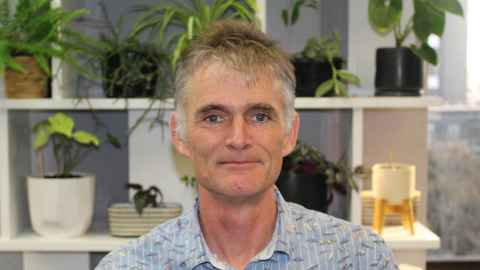
Being an engineer, Associate Professor David Budgett says he often finds himself pondering smarter ways to do things.
For the Auckland Bioengineering Institute researcher and entrepreneur, that means devising better methods of powering medical devices that provide life-changing benefits to the people they’re implanted into.
Now, Budgett and fellow Waipapa Taumata Rau, University of Auckland bioengineering researcher Dr Dan McCormick are preparing for one of their most exciting challenges yet: delivering a tiny, site-specific cardiac pacemaker that can communicate with other tiny pacemakers, be charged externally, and potentially stay running over the course of someone’s lifetime.
If they succeed, their project – which just received a one-million-dollar grant through the Ministry of Business, Innovation and Employment’s Smart Ideas fund – could have major implications for a range of other implantable devices.
Pacemaker technology 101
Conventional pacemakers have electronics and a battery sealed inside a metal case about the size of a smallish biscuit and implanted in the collar bone area. Wires (called ‘leads’ by the experts) run from the pacemaker into the heart and provide the electrical impulse needed to trigger the heart to beat and maintain a healthy rhythm.
One pacemaker can ‘pace’ two or even three areas of the heart – areas known as ‘pacing sites’, and around 70 percent of cardiac patients need pacing at more than one site.
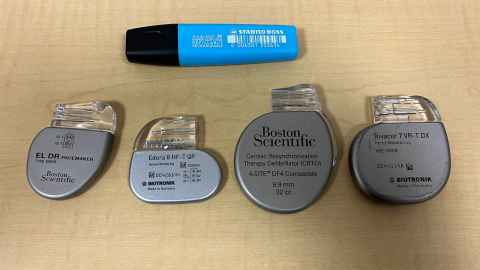
But the pacing wires can break, get dislodged, or cause infections, so the latest generation of pacemakers, called leadless cardiac pacemakers, or LCPs, are designed to sit inside the heart chambers directly where the pacing sites are.
Cylindrical and about half the size of a ‘AAA’ battery, the surgery needed to implant leadless pacemakers is also simpler than that to put in their wired counterparts.
But leadless pacemakers have downsides too, which is where Budgett and McCormick come in.
Leadless pacemakers can pace only one site in the heart – the site where they are sitting. And to be small enough to be delivered into the heart through a blood vessel, they need a very small battery, Budgett says.
“Power is precious, which means a leadless [LCP] pacemaker which is pacing at one site does not have the energy to communicate with other leadless pacemakers at different sites. But that communication is essential to maintain synchrony, which is crucial for the heart to pump efficiently.
“Therefore, at the moment LCP pacemakers can be used for just 30 percent of all patients needing a pacemaker.”
Our technology could enable a device to measure the respiratory cycle and
communicate this vital information to leadless cardiac pacemakers for precision-timed heart stimulation.
Budgett says his new leadless cardiac pacemakers will be able to talk to each other and co-ordinate the pacing of the heart collectively.
The batteries will also be able to be charged externally, much like a smartphone can be charged wirelessly, he says.
“This newfound energy capacity will allow advances in pacemaker technology in the future to provide better outcomes for patients.”
Power is precious
The long journey to reach this point began more than 25 years ago, when Budgett and colleagues were considering how someone’s physiological data – think pulse and blood pressure – might be continuously monitored from within the body, over extended periods of time.
Among the biggest barriers they first faced was how to track this vital information without any wires entering and exiting the body: an ever-present risk for infection.
So they turned to implantable systems, only to run up against another hurdle: how to overcome a battery’s limited operating life.
In inductive power systems, they found an ingenious solution. This approach, which used magnetic fields from outside the body to transfer power to devices within it, meant no wires and the potential for near unlimited energy transfer.
It also encouraged the use of devices with smaller rechargeable batteries.
The technology Budgett and McCormick developed is now integrated into New Zealand’s first active implantable device – the Kitea Health brain pressure sensor, which is revolutionising treatment for hydrocephalous patients.
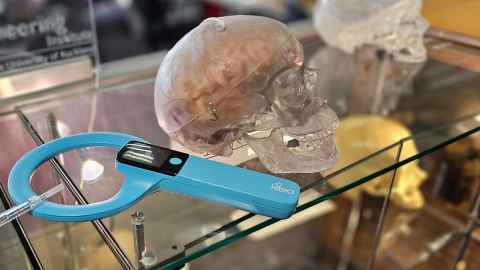
Budgett says leveraging their expertise for delivering wireless power to implantable devices opens the door to providing wireless communication between more than one leadless cardiac pacemaker implanted in someone’s heart.
And this means the new leadless cardiac pacemakers would be able to be used in all people needing a pacemaker.
“This could make a major difference, enabling device companies to gain market share by offering a better clinical outcome with lower patient risks.”
How it works
In essence, the power and data transfer process uses tiny, high-frequency electrical currents moving through the body.
These currents are so minuscule that they go completely undetected by our nervous system, ensuring patient comfort and safety, yet they are powerful enough to enable tiny medical devices to communicate continuously and share energy as required.
It isn’t simple. “We need to get it right,” Budgett says. “If the signal delay between devices is too long, the coordination of the pacing pulses will be compromised. But if devices need lots of power then frequent charging will degrade the patient user experience.”
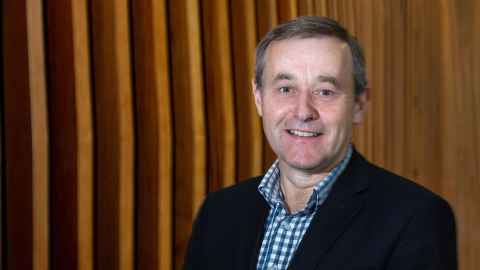
The technology also underpins revolutionary new pacemaker designs being pioneered by the University of Auckland’s Professor Julian Paton. Paton’s research has shown that synchronising heart pacing to a patient's respiratory activity can significantly improve cardiac output.
The wireless power and communication capability being developed by Budgett’s team could eliminate the need for a complex web of cables in the body for Paton’s pacemaker, Budgett says.
“Our technology could enable a device to measure the respiratory cycle and communicate this vital information to leadless cardiac pacemakers for precision-timed heart stimulation.”
Beyond pacemakers
Budgett says the potential applications for his medical device communication and power systems extend beyond pacemakers.
One potential example is deep brain stimulators, which help alleviate Parkinson's disease symptoms. Currently, these involve brain electrodes wired to a battery pack in the torso, and require complex surgery and periodic battery replacements.
Budgett's technology could eliminate these wires and large batteries, enabling smaller, potentially leadless stimulators placed directly in the brain, he says.
“This could reduce surgical risks and allow for more precise, coordinated stimulation across different brain regions: potentially opening new treatment avenues.”
Auckland Bioengineering Institute (ABI) director Professor Merryn Tawhai says work on the pacemaking technology is an example of bringing together deep engineering expertise and clinical need.
“This project exemplifies the kind of transformative innovation we have come to expect from ABI's Implantable Devices Group.
"By pushing the boundaries of what’s possible in implantable technologies, David and Dan's work has the potential to redefine how we treat cardiac conditions, improve quality of life for many thousands of patients, and grow NZ’s medical technology sector.”
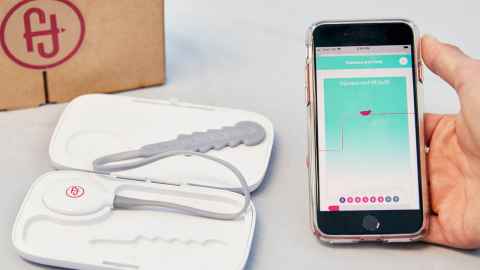
This isn’t the first time Budgett has been involved in developing and eventually commercialising new medical technology.
Past start-ups with University of Auckland colleagues include JUNOFEM, whose pressure-sensing technology offers help to the millions of women with urinary incontinence, and Telemetry Research, which provides chronic monitoring tech for animals.
Still, Budgett knows that on top of the technical challenges, significant commercial challenges remain in bringing his new project to clinical reality.
“We need to de-risk the science and create a compelling argument for an improvement in patient outcomes of sufficient magnitude that bigger device companies feel they have to adopt this technology in order to grow their share of the pacemaker market,” he says.
While the new one-million-dollar, two-year Smart Ideas funding is a “wonderful” start, Budgett says securing venture capital investment will be essential to progress to human trials.
Right now, the team is focused on creating working demonstrations and defining the boundaries of the technology within international safety standards.
Budgett is excited.
“The number of patients a clinician can treat in a year is always limited by time,” he says. “But creating a technology that improves human health can impact many, many more.”
Article written by Jamie Morton
Media contact
Nikki Mandow | Research communications
M: 021 174 3142
E: nikki.mandow@auckland.ac.nz